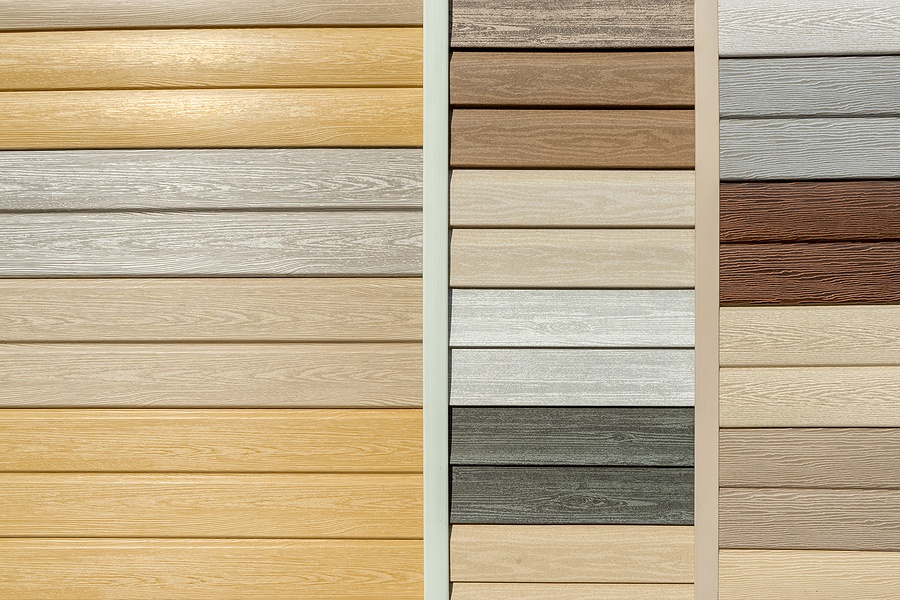
Exterior siding has two key jobs: protect your house from the elements, and improve your resale value. The ideal siding looks good and is durable, but the scale of durability depends on the material and your needs.
Investing in new siding can be difficult, especially if you’re unfamiliar with house construction. The easiest way to learn about your siding options is to contact your local siding contractors. We have years of experience in determining the best material to protect and brighten your home.
If you’d like an overview of three common siding options, read below.
Vinyl Siding
One of the most common siding options is vinyl. It is low cost, easy to maintain, and its high durability makes it immune to termite and pest damage. It doesn’t need to be painted, so you won’t have to worry about flakes and scratches. However, it’s not completely impervious to damage. It can crack and melt, and if improperly installed, it might leak and expose your house to elemental decay.
Vinyl comes in many colors and styles, but can look plastic under certain conditions. For example, vinyl can mimic natural wood at a distance. Up close, vinyl is harder to pass as a different material. You don’t have to sacrifice your dream siding for low-cost and durability. Vinyl has improved over the years, and experienced sliding contractors can help you find the right design.
Wood Siding
A more traditional siding option is wood, which can give your home a cozy, classy appearance. Wood siding comes in various styles, including clapboard, shakes, shingles, and solid wood. Clapboard wood consists of horizontal planks overlapping each other. Shakes are panels hand-cut from logs, while shingles are machine-cut from wood blocks.
Wood siding can cost more than other materials, and requires additional maintenance to prevent rot and other weather damage. More durable is engineered wood, which is more cost-effective to install. It’s made of wood chips and resin, is lighter than natural wood, and is more resistant to rot and termites. Though it can mimic the appearance of wood, it might look too uniform if you like the natural inconsistency of wood.
Fiber Cement Siding
A newer option is fiber cement, a paintable, durable, and low-maintenance mix of cement and cellulose fibers. It is especially durable in the Bay Area’s rainy climate, and is resistant to fire and pests. Similar to vinyl siding, fiber cement doesn’t warp or twist, and can mimic natural wood, making it a neat intersection of the durability of vinyl and timeliness of wood. It’s also highly customizable, offered in a spectrum of thicknesses and densities, and shapes and sizes.
That’s why fiber cement siding is the choice of your trusted contractors at Mares & Dow Construction & Skylights. Contact them today to discuss the best siding options. With over 40 years of experience, you can feel confident you’re choosing the best in business.

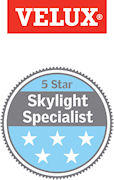
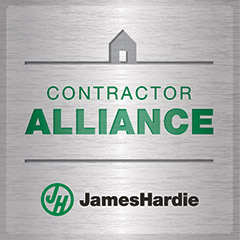
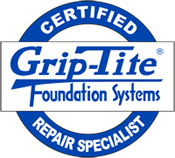
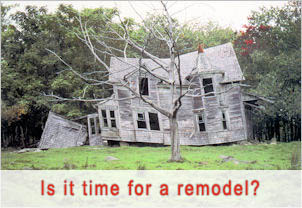
 based on
based on 

